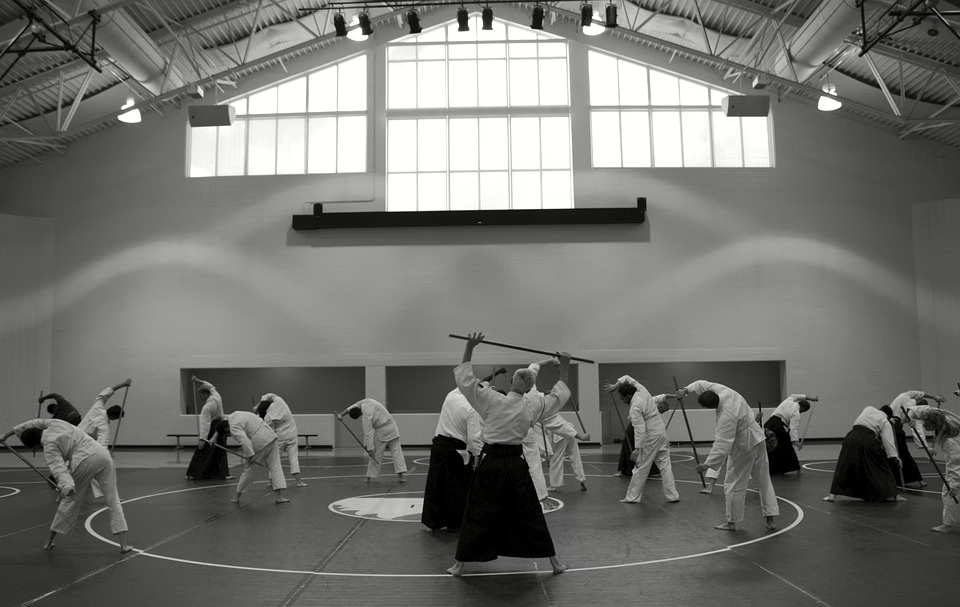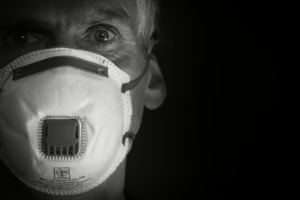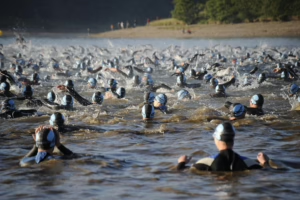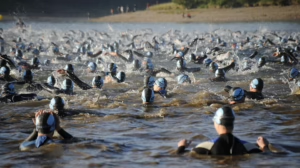Defensive Mastery: The Art of Pressure Point Techniques Explained
Introduction
In the realm of self-defense and martial arts, pressure point techniques represent a fascinating blend of physiology, psychology, and physical prowess. Understanding and effectively employing these techniques can amplify one’s defensive strategies significantly. This article delves deep into the art of pressure points, their historical context, anatomical foundations, and practical applications.
Chapter 1: Understanding Pressure Points
1.1 What are Pressure Points?
Pressure points refer to specific locations on the human body where nerves, blood vessels, or tendons are concentrated. Applying force to these points can stimulate various responses, including pain, incapacitation, or heightened reaction.
1.2 Historical Perspective
Pressure point techniques have their roots in various ancient martial arts traditions, notably in Chinese medicine and Japanese jujitsu. The concept of using targeted strikes to control or incapacitate an opponent has been refined through centuries of combat research.
1.3 Modern Applications
In contemporary martial arts, pressure points have been integrated into various self-defense systems, providing practitioners a non-lethal means to neutralize threats or escape dangerous situations. Techniques vary across disciplines, but the underlying principles remain consistent.
Chapter 2: Anatomy and Physiology of Pressure Points
2.1 The Nervous System
Understanding the human nervous system is crucial for effectively utilizing pressure points. The body’s peripheral nervous system houses nerves that are highly sensitive to touch, pressure, and pain, making them effective targets for self-defense.
2.2 Key Areas of Focus
Some commonly targeted pressure points include:
- Temple (Jianjing): Located on the side of the head, a strike here can induce dizziness or unconsciousness.
- Solar Plexus: The area above the stomach is sensitive and a precise hit can cause significant discomfort or loss of breath.
- Carotid Artery: Located on either side of the neck, a controlled technique targeting this area can result in rapid incapacitation.
2.3 The Role of Reflexes
The body’s natural reflexes can be enhanced through pressure point techniques. For example, stimulating specific pressure points can evoke immediate defensive reactions, which can be exploited in self-defense situations.
Chapter 3: Techniques and Training
3.1 Fundamental Techniques
Practitioners can utilize various techniques depending on the context and their martial arts background. Some foundational techniques include:
- Striking: Utilizing fists, elbows, or knees to deliver strikes to pressure points.
- Joint Locks: Manipulating an opponent’s limb while applying pressure to a pressure point to gain control.
- Chokes: Applying gentle but firm pressure on specific points to restrict blood flow or breathing.
3.2 Training Regimens
Effective pressure point techniques require rigorous practice. Training should incorporate:
- Drills: Repetitive practice of techniques with a focus on accuracy and speed.
- Sparring: Controlled sparring sessions to simulate real-life situations.
- Mindfulness: Practicing mental mindfulness to enhance focus and awareness during a confrontation.
3.3 Incorporating Pressure Points into Self-Defense
Pressure point techniques are not a standalone method; they complement broader self-defense strategies. Integrating them into situational practice ensures that practitioners can utilize them effectively in real-life scenarios.
Chapter 4: Psychological Aspects
4.1 The Mind-Body Connection
Emotional control and psychological readiness are paramount when employing pressure point techniques. Practitioners must override instinctual fear responses to act decisively.
4.2 Situational Awareness
Being aware of one’s surroundings can enhance the effectiveness of pressure point techniques. Recognizing potential threats and understanding the dynamics of a confrontation helps in making split-second decisions.
4.3 Conflict Resolution Strategies
Using pressure point techniques does not always have to lead to violence. Strategies such as de-escalation and negotiation can sometimes negate the need for physical confrontation.
Chapter 5: Ethical Considerations
5.1 Responsibility of Practitioners
With the knowledge of pressure points comes the responsibility of ethical use. Practitioners must understand the potential consequences of their actions and rely on techniques only in necessary situations.
5.2 Legal Implications
Laws surrounding self-defense can vary significantly from one jurisdiction to another. Familiarizing oneself with local laws is crucial for responsible practice.
5.3 Promoting Peace
Martial arts and self-defense training should emphasize conflict resolution and promoting peace over violence. Effective practitioners should seek to avoid confrontations rather than escalate them.
Chapter 6: Expert Insights
6.1 Interviews with Masters
Drawing insights from experienced martial artists provides valuable perspectives on the nuances of mastering pressure points. Their experiences can help inform modern practitioners on best practices.
6.2 Case Studies from Real-life Scenarios
Real-life applications of pressure point techniques can provide invaluable lessons. Analyzing these scenarios can help practitioners refine their skills.
6.3 Continuous Learning
Martial arts are an ever-evolving journey. Engaging in workshops, seminars, and continuing education can help practitioners stay ahead of the curve in self-defense techniques.
Conclusion
Pressure point techniques represent a unique and sophisticated approach to self-defense. By understanding the underlying anatomy, honing techniques through rigorous practice, and incorporating psychological insights, practitioners can develop a profound mastery of defensive skills. Ultimately, the essence of this knowledge lies not only in the ability to defend oneself but in promoting a holistic approach to martial arts that values respect, responsibility, and personal growth.
References
- Jones, A. (2021). The Science of Pressure Points in Self-Defense. Martial Arts Press.
- Smith, R. (2020). Understanding Human Anatomy for Martial Arts. Health & Fitness Publications.
- Lee, T. (2019). Mindfulness in Martial Arts: The Psychological Approach to Self-Defense. Zen Martial Arts Journal.
- Baker, J. (2018). Historical Perspectives on Martial Arts Practices. Combat History Review.
- Miller, K. (2022). Legal Considerations in Self-Defense Training. Law & Martial Arts Journal.
This article serves as a condensed version of a much larger discussion. For an extensive exploration, each section can be expanded into individual essays or chapters, reaching further into techniques, case studies, and historical anecdotes that emphasize the artistry of pressure points in martial arts and self-defense modalities.


























Add Comment